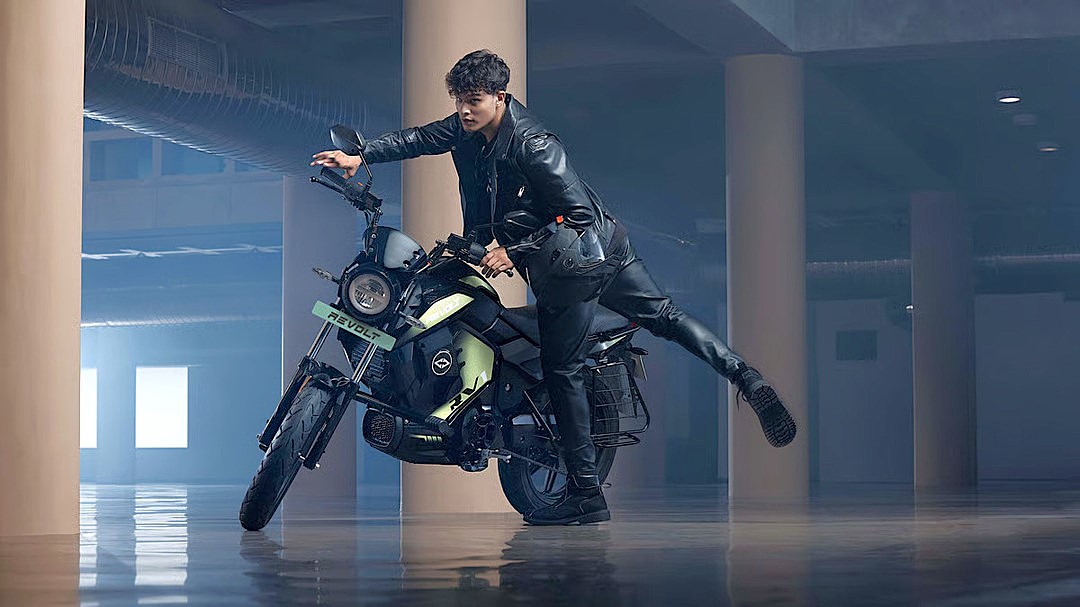Revolt Motors Launches RV1, its First Electric Commuter Bike
The RV1 is available at ex-showroom prices of ₹84,990 for the base model and ₹99,990 for the premium RV1+ variant.
Revolt Motors launched its electric motorcycle RV1 on Tuesday in the commuter segment. This bike is third in line after its RV300 and RV400 models.
According to a statement, the bike is available at ex-showroom prices of ₹84,990 for the base model and ₹99,990 for the premium RV1+ variant.
The RV1 comes with a 2.2 kilowatt-hours battery offering up to 100 km range, and the RV1+ has a 3.24 kWh battery of up to 160 km.
Both battery options are IP67-rated, a standard defining the protection level an electrical enclosure provides against dust and water.
Higher payload capacity
The statement further said that RV1 has a robust 250 kg payload capacity — significantly higher than the 150 kg average seen in other commuter motorcycles.
It features broader tires for improved grip and stability, making it perfect for city streets and longer journeys.
The RV1 features a 6-inch digital LCD display that provides real-time ride data and error codes, ensuring a connected and informed riding experience.
Riders can enjoy the added benefit of built-in charger storage in both variants. With fast-charging technology, the RV1+ can be fully charged in 90 minutes.
“Our commitment to sustainability and our quest to engineer a motorcycle that is budget-friendly yet does not compromise on quality, features, or safety have come together in the form of the RV1,” said Anjali Rattan, chairperson of RattanIndia Enterprises Ltd. in a statement.
RV400 Upgrade
Furthermore, Revolt Motors upgraded its flagship model, the RV400, which now comes with enhanced features to improve performance, convenience, and safety further.
The new fast charger fully charges the bike in just 90 minutes, while the addition of reverse mode simplifies parking in tight spaces.
The new upgrade includes the control area network-based communication protocol, which provides a smarter option for riders.
CAN-communication protocol allows multiple electronic devices within the bike, such as the battery management system, motor controller, display, and sensors, to communicate efficiently with the rider.
Also Read:

